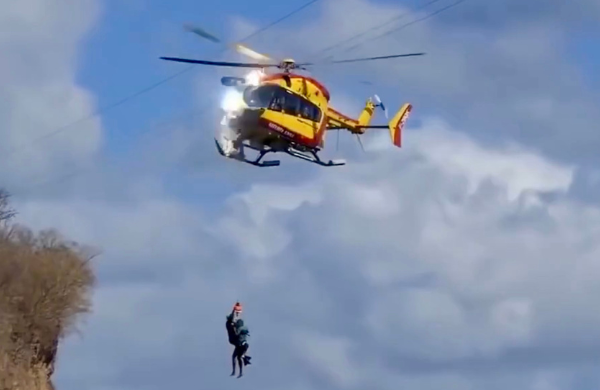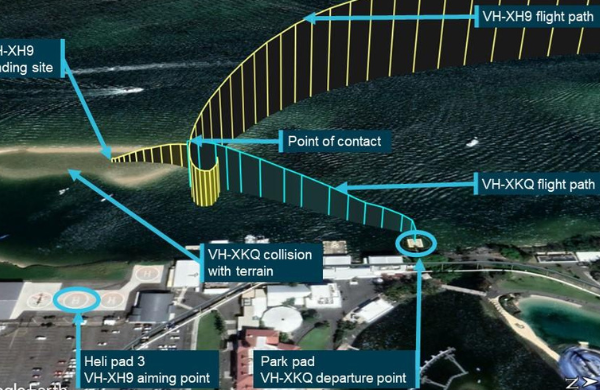
The ATSB warn of the dangers of terrain-induced turbulence in its Advisory. Photo: RHC
As part of its ongoing investigation into the loss of a Robinson R66 that suffered an inflight break-up following a turbulence encounter in October 2023, the Australian Transport Safety Bureau (ATSB) has issued a Safety Advisory. The Advisory notes the advice contained in Robinson’s own Safety Notices 12 and 32, which warn pilots of the perils of low-g operations and resultant mast bumping risks.
“While the investigation is ongoing, the circumstances as known at this time suggest the helicopter encountered turbulence followed by a low-g condition immediately prior to the in-flight break-up,” Chief Commissioner Angus Mitchell said, “We continue to determine the factors that contributed to this tragic accident. We feel it is prudent to highlight the manufacturer’s advice regarding flight in turbulent conditions and avoidance/recovery from low-g flight.”
In its Safety Notices SN-12, Robinson cautions pilots that low-g flight should be avoided since an unloaded rotor system is susceptible to not only a strong right roll due to a combination of main rotor torque, tail rotor thrust and on asymmetric configuration empennages a downforce from the horizontal stabiliser. While SN-12 focuses on the avoidance of low-g manoeuvres like rapid pitch-overs at the top of a climb, SN-32 discusses the impact of low-g operations as the result of flight in turbulent air and recommends a variety of actions to mitigate the effects of turbulence if it cannot be avoided including reducing airspeed to between 60-70 knots as well as techniques to reduce the likelihood of unintended or excessive cyclic control inputs.
“The ATSB reminds pilots to remain vigilant at all times and to continuously assess conditions to identify the possibility for turbulence. Where any doubt exists, pilots should reduce airspeed prior to entering an area with potential for turbulence to reduce the effects of, and increase the available response time to, an upset condition,” Mitchell concluded.








